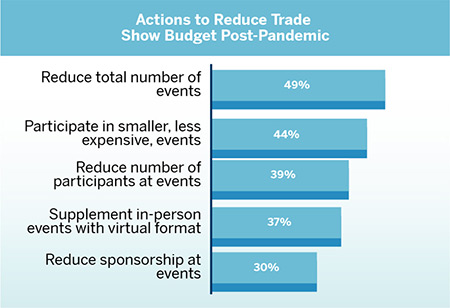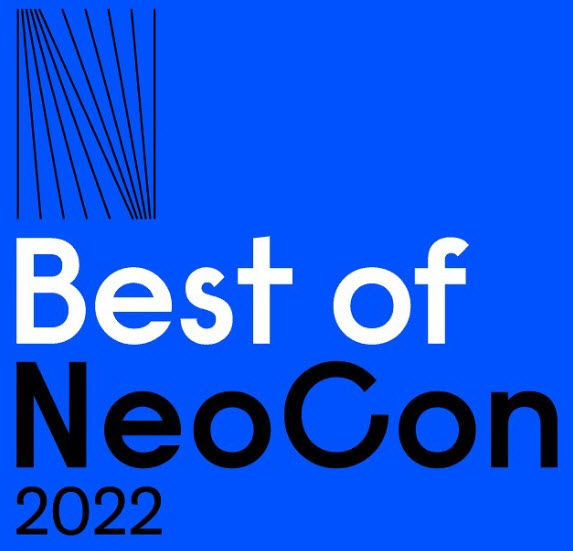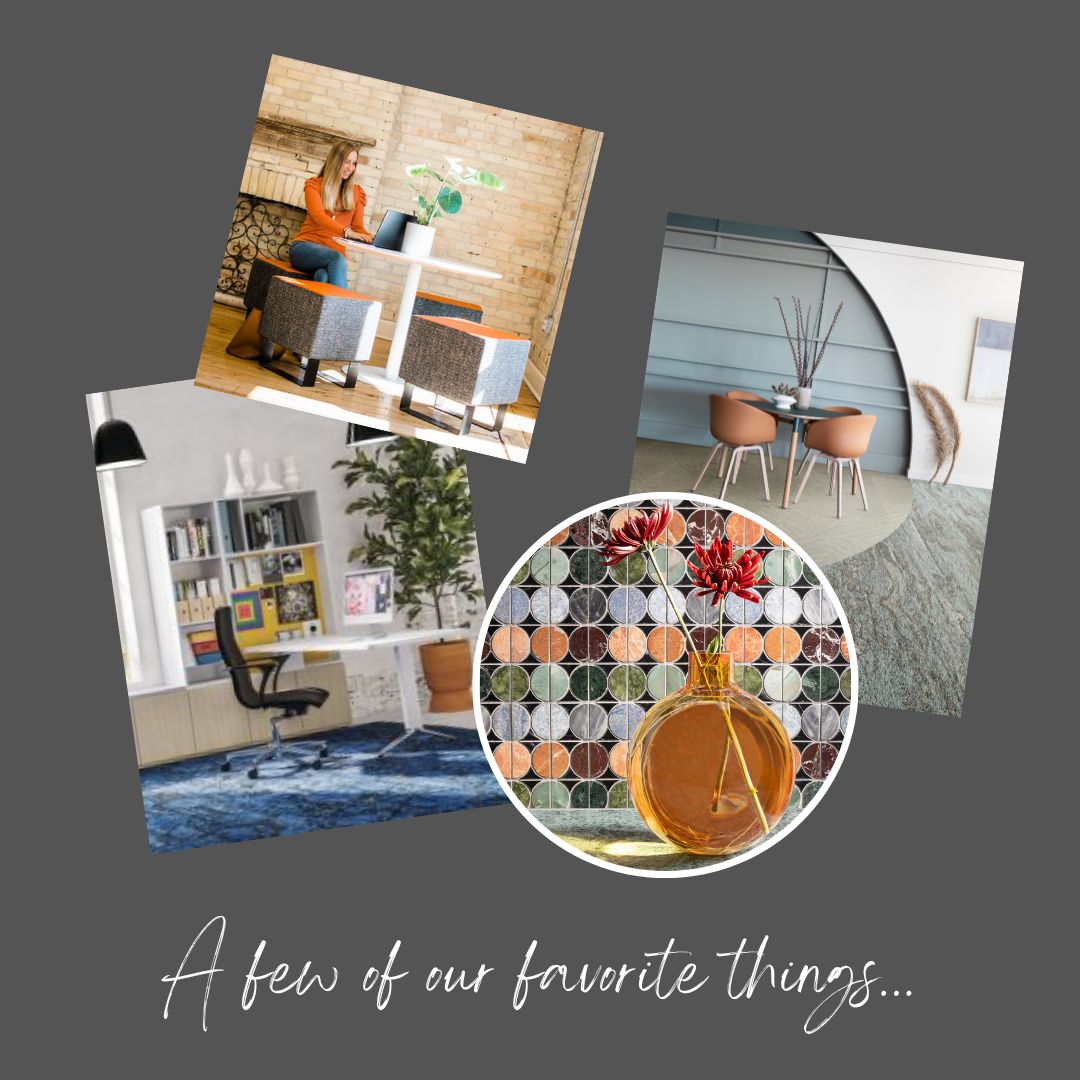
Since the height of pandemic, there are multiple options for networking events. However, there has been some hesitancy for in-person events. People are enjoying the flexibility of a hybrid (pic. 1) workspace and wish to carry that flexibility into their after-work events. No longer do employees make the everyday commute to the office, which affects their availability for in-person events. In-person events will most likely require a different style of attire, than what people who work from home wear. With more in-person events, that means more planning, more driving, and more attention to dress code.
There are good attributes and bad attributes to all these networking methods. In-person networking provides many aspects of community that virtual happenings cannot mimic. Connecting a face and mannerisms to a name, speaking to someone in real time, and participating in activities are all ways that face-to-face interactions can improve our quality of life and work. It’s also hard to stay engaged with just a virtual networking opportunity. Many times, the event or seminar ends up playing in the background, while the attendee works, eats, etc. However, people are reluctant to put themselves in a crowded indoors situation. Conferences, expos, and show homes attendance have declined dramatically over the past couple of years. Numbers are showing that those type of events are starting to come back, Indy’s Home-A-Rama returned in-person after a pandemic hiatus (BAGI) and conference attendance had a total of 750,000 (Visit Indy), but even trade shows are considering a larger offering of virtual formats (pic. 2). Overall the state of Indiana hosted an approximate 3.6 million web user sessions in 2022 (Visit Indy). The hybrid option can have those that are at home or another location than the actual event, occasionally feeling like they missed out, however this is still the most inclusive option with the current hesitancy of in-person events (pic. 3).
Yet, people are figuring out what works best for them. One of the many things to keep in mind when planning something after the pandemic, is to skip the pleasantries (IIDA). People are much more aware of the time they do have and how they want to spend it. So, many companies are making the intentional effort to have meaningful conversations and hangouts. This may mean event subject matters resonate with the employees and their workplace. Instead of a traditional seminar with grueling hours, hosts might want to investigate small group breakouts, having a virtual opportunity, and some options for activities that are not typically available at the workplace. We will need to appeal to the flexibility aspect. Multiple choices will help to accommodate a larger attendance for an event.
We have also started to see the younger generations of workers attempt in-person events. Younger employees who started working in the height of the pandemic might choose to attend in person. They could feel connections to their coworkers or industry partners may be lacking. They also may have more time on their hands after work for an event of some sort, whereas those who have had more years working tend to find more productivity and connection staying or attending small meetings in the office.
A post-pandemic workforce will most likely be difficult for us, as we have not experienced a situation of this magnitude before. Networking will need to change from our traditional image into something everyone can get behind, whether that be a virtual and in-person option or a unique online experience. Hopefully more and more events will cater towards these methods to include a wider range of opportunities.











